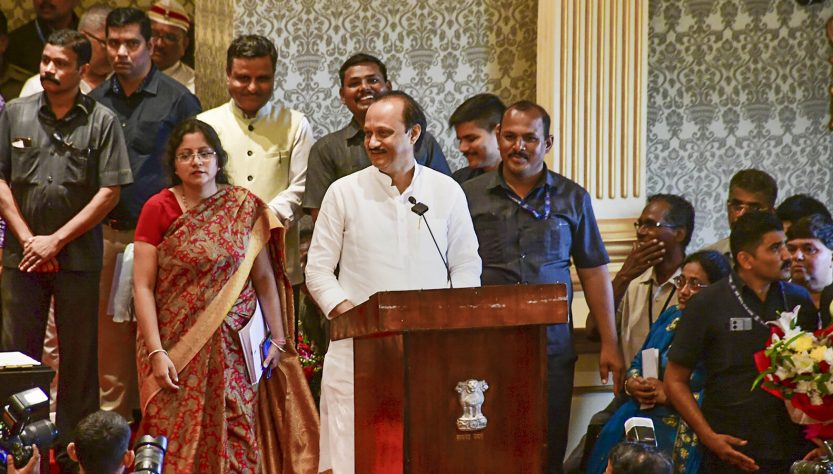Even though many sane voices spoke of the danger of BJP coming to power and the divisive persona of the Prime Minister candidate, voters were still swayed by huge promises of bringing back black money and of better days, progress for everyone and an end to corruption. Promises that don't seem to have come true till date although a lot of water has flown under the bridge.
What has indeed happened is that the worst fears of the wise ones, that of the country being divided on the basis of religion are indeed coming true.
Much as we fight this madness on a daily basis, through posts on social media sites such as Facebook, et all, the fact is that we have been literally had.
This madness occupies our mind space and raises our temperatures. Many amongst us still do not see the danger of a polarized society. People who celebrated till some time back unity in diversity suddenly seem to want the whole cake to themselves. They are not bothered about the feelings of others and want to bring them back into their own fold.
What we now need to do is to free ourselves from this madness and finds ways and means of taking the country forward. The way things are going, we don't seem to be making any progress. It is sheer good luck that oil prices have fallen globally, yet the rupee is becoming weaker by the day and if the present theatrics continue not many foreign countries would be interested in investing in India.
We need to reverse this trend. How we do it is the big question.
Exposing the current regime is a good start but we need to do more. We need to raise the awareness level of the common public as the media has abrogated its role in exchange of pecuniary benefits.
And this awareness has to be raised sans any political patronage because the moment you associate any political party with the message, people tend to feel that it is just propaganda.
We need to keep our political views aside and work systematically to save the cultural fabric of our nation otherwise we will have no answers to our coming generation which will most definitely question our silence.



